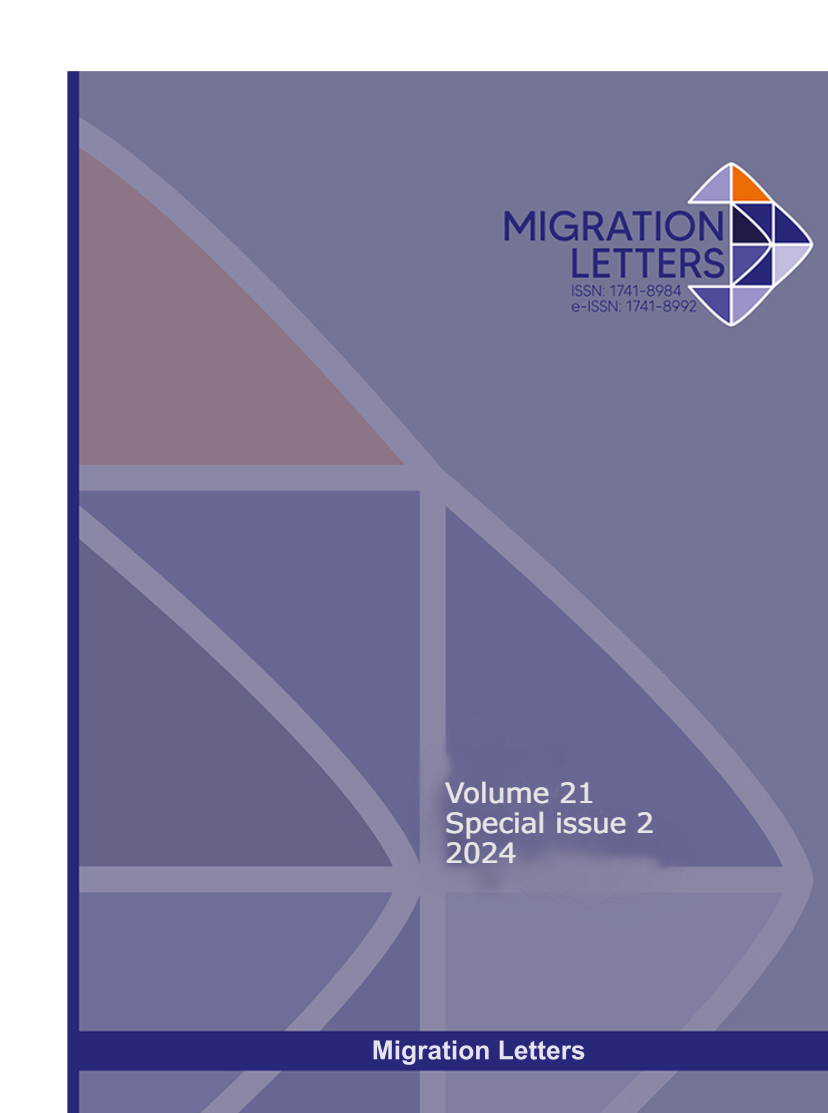"Optimizing Patient Safety: A Comprehensive Evaluation of Code Blue Practices in a Quaternary Care Setting"
Abstract
Introduction: The Code Blue intervention system is designed to guarantee the fastest and most efficient resuscitation of a patient experiencing respiratory or cardiac arrest. In the pursuit of elevating patient safety standards, the study focuses on the meticulous examination of Code Blue practices within the unique context of a Quaternary Care Setting. Recognizing the vital significance of rapid and efficient emergency response, this study aims to evaluate and improve the procedures carried out in life-threatening incidents.
Material and Methods: The retrospective study included the patients for whom code blue had been activated in the last one-year period is included in this study. Data was retrieved from the hospital code blue forms. The time of code blue activation, code blue arrival time to the patient, and the expiry status were the inclusion criteria.
Results: This study investigated 184 Code Blue events within a Quaternary level hospital over one year, excluding 15 cases due to insufficient data. Preliminary findings underscore potential improvements in response times and survival rates across critical care settings, wards, and other areas. The Code Blue team demonstrated an average arrival time of ‘9’ minutes.
Utilizing the Kaplan-Meier estimator, survival rates were assessed based on response times. In the critical care setting, a 50% chance of survival was associated with a Code Blue team arrival within 9 minutes. Conversely, the wards displayed a critical timeframe, where a 50% survival chance dropped significantly after 10 minutes, highlighting the urgency for swift responses in this area. Guest rooms, recovery rooms, and radiation rooms necessitated an 11-minute response for a similar chance of survival.
Notably, statistical analysis revealed no significant difference in survival rates between these severity points (p=0.23). These insights emphasize the critical importance of targeted interventions to optimize Code Blue responses, particularly in ward settings, to enhance patient outcomes and overall hospital preparedness. A delay in response time is observed due to the delay in receiving messages on time, hence the investigator designed to develop an AI-based device for early and prompt activation by the code blue team.
Discussion: 69% of patients survived after the code blue incident. Reducing response time in a Code Blue situation is critical for several reasons, as it directly impacts the chances of a positive outcome for the patient. To conclude, continuous monitoring and improvement of the Code Blue protocol are essential to further enhance response times, optimize teamwork, and ultimately contribute to improved patient outcomes.
Published
How to Cite
Issue
Section
License

This work is licensed under a Creative Commons Attribution-NonCommercial-NoDerivatives 4.0 International License.
CC Attribution-NonCommercial-NoDerivatives 4.0






